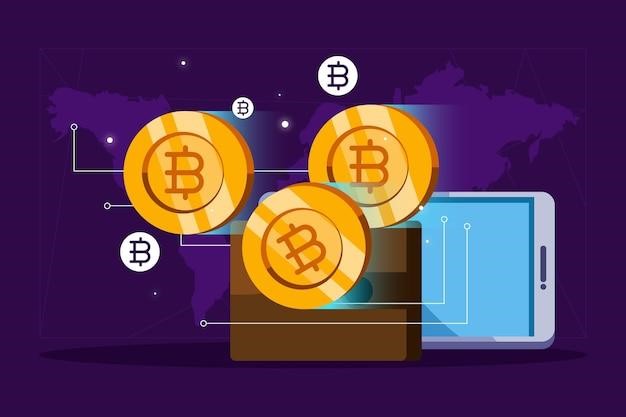The crypto market is a diverse ecosystem filled with different projects all attempting to solve various problems. While it’s hard to argue against the belief that Bitcoin holds the crown as the originator, there are a ton of new projects worthy of praise. These new projects surpass Bitcoin’s technical capabilities and provide investors with some truly unique functionalities in the market. Here are the top 10 most important cryptocurrencies other than Bitcoin: $ETH, $BNB, $ATOM, $XRP, $EOS, $LINK, $LCX, $USDT, $Libra, $TRX.
Ethereum
Ethereum was one of the earliest altcoins to enter the market. Since its inception, Ethereum has been a driving force for innovation in the market. This second-generation blockchain introduced the world to smart contracts. Today, it would be hard to imagine the market without this titan.
Notably, Ethereum has a scheduled update planned for the end of the year. This update will replace the blockchains Proof-of-work consensus mechanism with a new Proof-of-Stake protocol. The update will reduce Ethereum’s carbon footprint significantly. Additionally, It will allow users to start staking their ETH to earn a passive income.
BNB – Binance Coin
Binance, the world’s largest exchange by volume, changed the market forever when it introduced the BNB token. BNB provided users with more flexibility, functionality, and lower fees. Wisely, Binance incorporated a variety of BNB trading pairs to bolster BNB’s value. The move was successful.
Today, it’s commonplace for exchanges to host a native utility token. Even with the competition, BNB remains the most successful exchange token in the market. Additionally, Binance continues to expand its operations. Each new functionality adds more to BNB’s utility. In turn, the token continues to gain value.
ATOM – Cosmos
Cosmos is another project that is worthy of recognition. The platform takes a unique approach to the sector. For one, Cosmos isn’t designed to compete against other cryptocurrencies. Instead, it functions as an interconnecting protocol. The developers behind ATOM describe Cosmos as an “ecosystem of connected blockchains.”
This strategy helps promote further innovation based on user’s requirements rather than competition. Cosmos introduces a new consensus mechanism called “Tendermint BFT.” The system is a byzantine fault-tolerant consensus engine that eliminates many of the concerns found in PoW blockchains such as Bitcoin.
XRP – Ripple
Ripple is one of the top ten cryptocurrencies in the world. This platform entered the market intending to service the banking sector. At that time, this strategy was unique. Ripple managed to secure huge strategic partnerships in a very short time. Specifically, Ripple has agreements in place with Santander, Money Gram, and VISA, to name a few.
Ripple continues to see adoption by institutional firms due to its fast transaction speeds and its proven track record. XRP eliminates middlemen for cross-border transactions and provides a more cost-effective and secure alternative to the status quo. The firm’s focus on cost-cutting means that there will always be a firm interested in its services.
EOS
EOS is a third-generation cryptocurrency that entered the market via one of the biggest ICOs of all time. The firm secured $4 billion during the record-breaking event. EOS’s goal is to provide a more efficient and developer-friendly alternative to the current smart contract programmable blockchains like Ethereum.
EOS incorporates various technologies to accomplish this task. The platform is very ICO friendly. Additionally, Dapp developers enjoy more flexibility using the platform. These features have led more developers to call EOS home. There are currently over 100 Dapps active on this new era blockchain today.
Chainlink
Chainlink is a project that has the potential to boost the entire market. Chainlink seeks to correct the biggest flaw found in oracles. Oracles are off-chain sensors that can communicate data to and from a blockchain. For example, an oracle could monitor your car payments. When you pay your vehicle off, the contract automatically sends you your title without the need for human intervention.
The possibilities are endless with oracles. However, they are centralized systems, until now. Chainlink introduces the world’s first oracle blockchain. The system monitors the network of oracles to ensure all data entry is correct. Through Chainlink, blockchain technology gains a huge advantage.
LCX
LCX is another token that raises the bar in terms of usability and efficiency. LCX allows users to trade on all major crypto exchanges within a single interface. This fourth-generation interface provides users access to powerful features. These features include Smart Order Routing, a portfolio management system, advanced analytics, and detailed reporting. Besides that, LCX keeps rolling out new products and services continuously such as a unique DeFi protocol and a security token and tokenization platform for STO’s. The Liechtenstein based company heavily invested in crypto compliance and regulation, preparing the launch of their own LCX Exchange. Rumored to be launched before the end of this year.
As the main utility token within the LCX ecosystem, this token is very flexible. You can use it to pay for all your fees including your LCX Terminal subscription or fees for security token offerings. Best of all, the token is ERC-20 compliant. The ERC-20 token ecosystem is by far the most robust and developed in the world. Consequently, LCX holders enjoy a high level of interoperability within this network.
Tether – USDT
No top ten list would be complete without USDT. USDT was the first successful stablecoin to see major adoption. Traders depend on this stable coin to avoid market volatility. You can watch the market cap of Tether rise during these times as investors seek shelter.
Tether is available on nearly every reputable exchange. Additionally, it’s consistently in the top cryptocurrencies globally in terms of market capitalization. Tether gained popularity because of its speed and low fees. It’s free to send Tether from one network wallet to another.
Libra
Libra makes this list because no other cryptocurrency was met with so much fear. The announcement of Libra sent shivers down regulators’ spines. Despite fears, the large social networks of the world must embrace cryptocurrencies. These established networks would give the technology the boost it needs to become mainstream.
Facebook seems determined to launch its Libra token. The platform has the financial backing to pull it off. In the coming year, it’s very possible that this project defies the odds and becomes one of the top coins in existence from day one of its launch. For now, the project remains one of the most relevant in the market, regardless of if it ever takes flight.
TRX – TRON
TRON has long been a favorite of investors. TRON has a forward-looking vision to power the Web3 revolution. This year saw TRON make major strides in its quest. The firm’s TRC-20 token standard is also seeing more adoption by developers. TRC-20 token provides developers with more scalability and efficiency when compared to ERC-20 tokens.
TRON remains a dominant force in the market mainly due to its network and community support. The platform’s founder, Justin Sun, is a vocal member of the crypto community. The coming year will see TRON’s network grow to new heights. Sun’s leadership and TRON’s investor appeal keeps this token on most top ten lists.
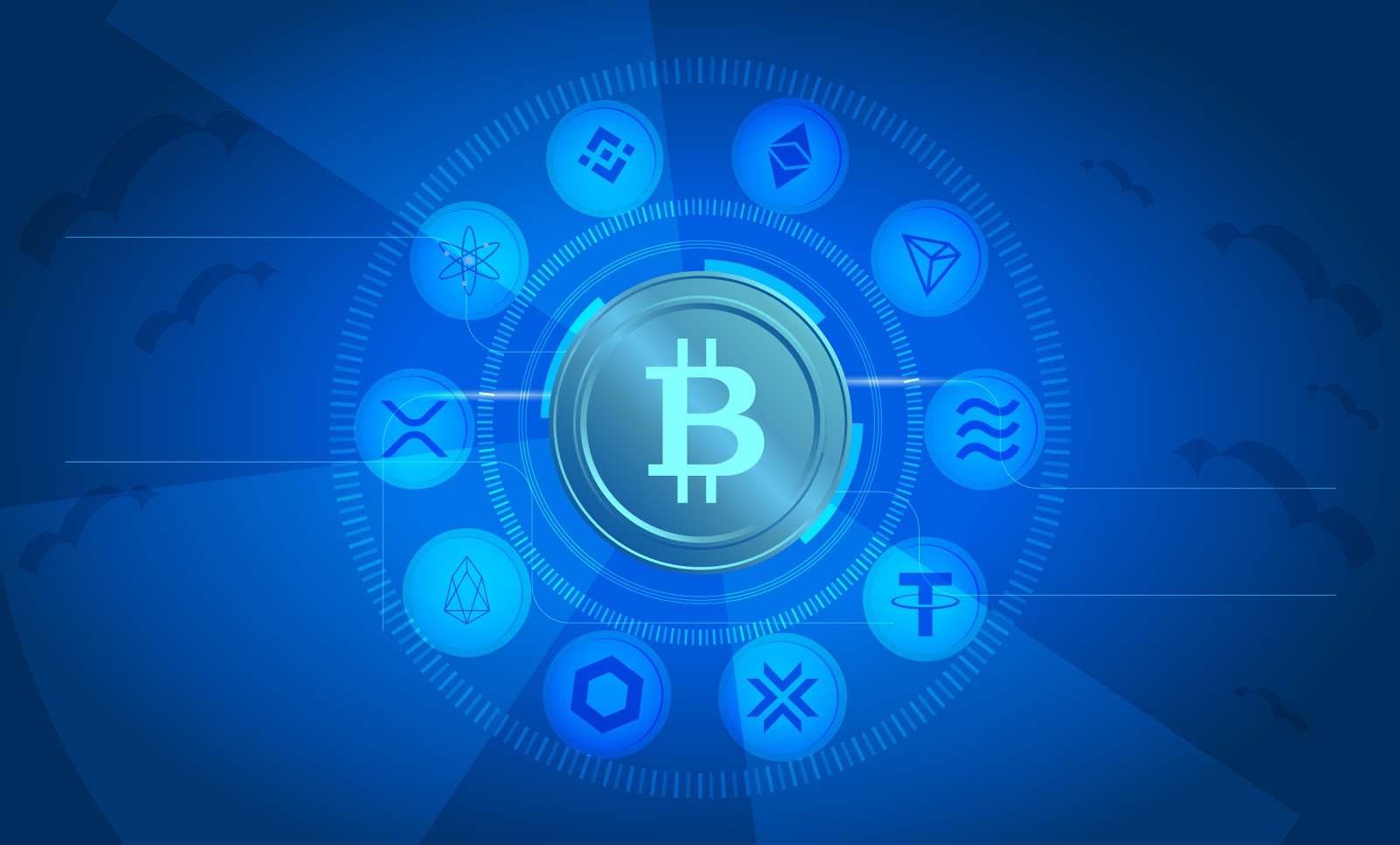



 Crypto2 years ago
Crypto2 years ago
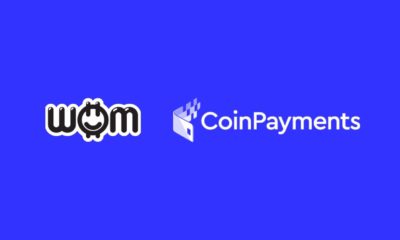

 Blockchain4 years ago
Blockchain4 years ago
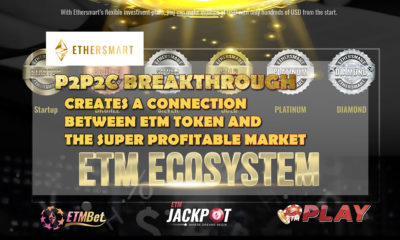

 Press Release4 years ago
Press Release4 years ago


 Press Release4 years ago
Press Release4 years ago


 Blockchain4 years ago
Blockchain4 years ago
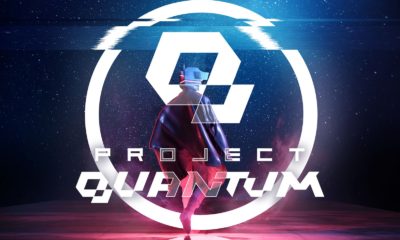

 Press Release3 years ago
Press Release3 years ago


 Press Release4 years ago
Press Release4 years ago
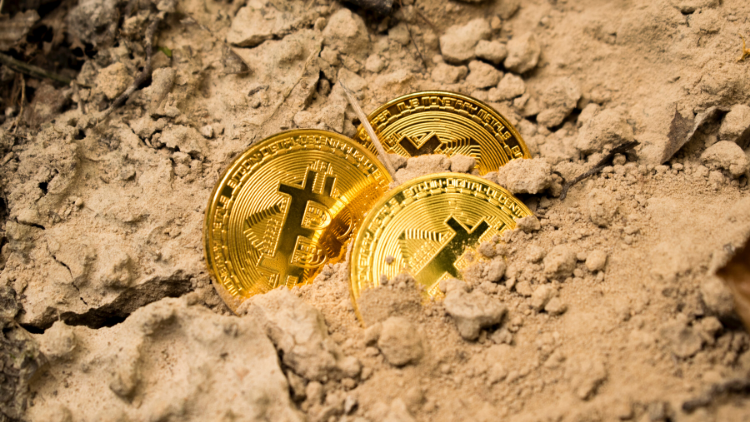

 Blockchain4 years ago
Blockchain4 years ago


